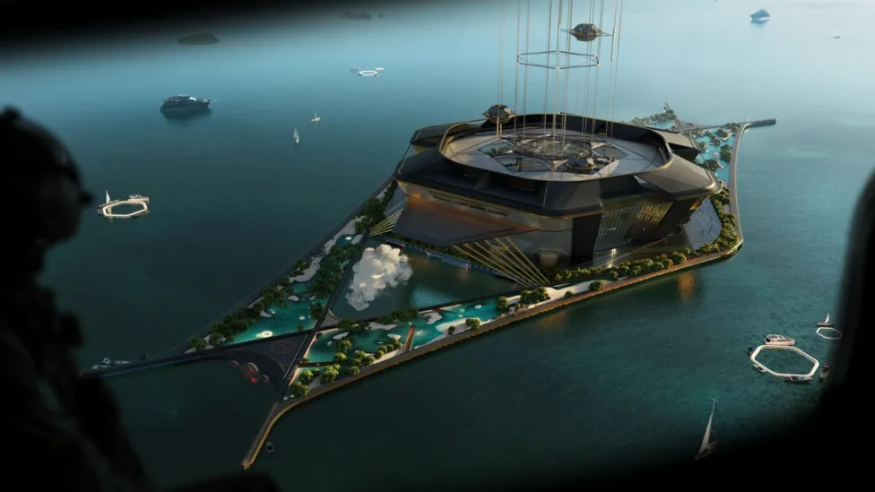Jordan William Hughes' Visionary Space Elevator Concept Wins Prestigious €10,000 Design Prize

In a groundbreaking leap for space travel innovation, architect Jordan William Hughes, hailing from Cumbria, has clinched a €10,000 (£8,617) prize from the Jacques Rougerie Foundation in Paris for his revolutionary space elevator design. Hughes, who works as an architect in London, conceptualized the Ascensio space elevator, envisioning a future where such structures could redefine space exploration.
Ascensio: A Sustainable Alternative to Traditional Rockets
The Ascensio space elevator, designed in Hughes's spare time, stands out for its forward-thinking approach, aiming to replace traditional rockets with a more efficient and environmentally friendly mode of space transport. Hughes identifies rockets as inefficient, costly, and detrimental to the environment, prompting him to explore alternative, sustainable solutions.
At the core of Hughes's design is a cable-like structure extending from a spaceport to Earth, revolutionizing the approach to accessing and departing from space. The cable connects with a mobile ship navigating the ocean, synchronizing its movements with the spaceport. This innovative design, Hughes believes, could significantly enhance the viability and sustainability of space travel.
In a statement to BBC Cumbria, Hughes acknowledges the futuristic aspect of his design but expresses confidence in its relevance to the broader discourse on the future of space travel. He believes that the Ascensio project adds value to the ongoing conversation about reshaping the landscape of interstellar exploration. Despite not expecting immediate realization, Hughes's visionary concept sparks curiosity and imagination, offering a glimpse into a future where space elevators play a pivotal role in advancing our understanding of space travel.
Transformative Features of Ascensio and Future Prospects
Space elevators have been a subject of both science fiction and serious scientific consideration for some time. Hughes, while recognizing the futuristic aspect of his design, is confident that key features of Ascensio, such as mobility, lightweight construction, and safety benefits, will be integral to future space elevators.
Emphasizing the significance of his vision, Hughes asserts that for space travel and exploration to truly achieve efficiency, his innovative project represents the exclusive path forward. He believes that the conceptual framework of his design not only contributes substantially to ongoing dialogues regarding the future of space travel but also lays the foundation for prospective advancements within the field. Despite recognizing that immediate realization might not be on the horizon, Hughes remains optimistic about the long-term impact of his visionary concept on shaping the trajectory of space exploration endeavors.
As the world grapples with the challenges posed by traditional space travel methods, Jordan William Hughes's imaginative vision with Ascensio serves as a catalyst for contemplation and exploration of innovative solutions. The recognition and prestigious award garnered by Ascensio underscore the importance of daring ideas that push the boundaries of our current understanding, paving the way for future advancements in the field of space exploration. While Ascensio may currently be seen as a fanciful concept, its acknowledgment and accolades position it as a significant player in the ongoing quest for transformative space travel technologies.












